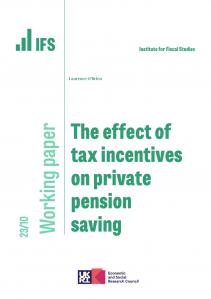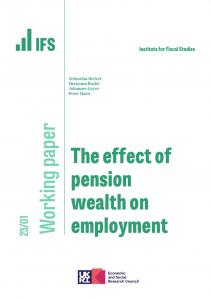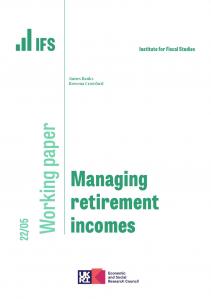In the private sector many defined benefit schemes - which promise a pension related to earnings and years of service - have closed to new entrants. In their place are defined contribution schemes, which have been designed to be less generous on average and which leave employees formally bearing more risk, for example that investments underperform. Some employers have gone further and cut the accrual of existing workers pensions.
Public sector pensions have also been reformed. Many new entrants have seen the age at which they can draw a full pension increased to 65 from 60. For those affected this is significant: those dying at 85 will have received a pension for 20 rather than 25 years. The reforms are estimated by the Treasury to have saved £13 billion, but this is not as big a number as it sounds. It represents a 2.8 per cent reduction in the outstanding liabilities of unfunded pensions. In today's terms the Treasury expects to spend £8 billion a year more on the pensions of public sector workers in 30 years' time than they do now.
The Government should focus on ensuring that the overall remuneration package offered to public sector workers attracts and retains suitable employees at the lowest cost to the taxpayer. This does not mean that relatively generous pensions need to be necessarily cut: but if they remain public sector workers need to be aware of their worth. Continuing to offer some workers an unreduced pension at age 60 runs the risk of encouraging early retirement among individuals the public sector might wish to retain.
Reductions in the generosity of private sector pensions suggest that further cuts to public sector pensions could be appropriate, even at the cost of some offsetting pay increases. This does not mean simply following the lead of the private sector and replacing defined benefit schemes with defined contribution schemes. The public sector should benefit from its ability to make credible pension promises, and might prefer to employ the types of individuals attracted by defined benefit pensions.
But if these schemes are retained other cuts should be considered. At the very least it seems difficult to see why pension accrual should be lower for new entrants than existing workers. The age at which unreduced pensions are paid could be increased further given that the state pension age is to rise to 68 by the middle of this century. Finally, defined benefit schemes that are based on final salary are more generous to high flyers than to those with more typical pay trajectories: if this is by accident rather than by design then a greater shift to career average pensions also looks sensible.









